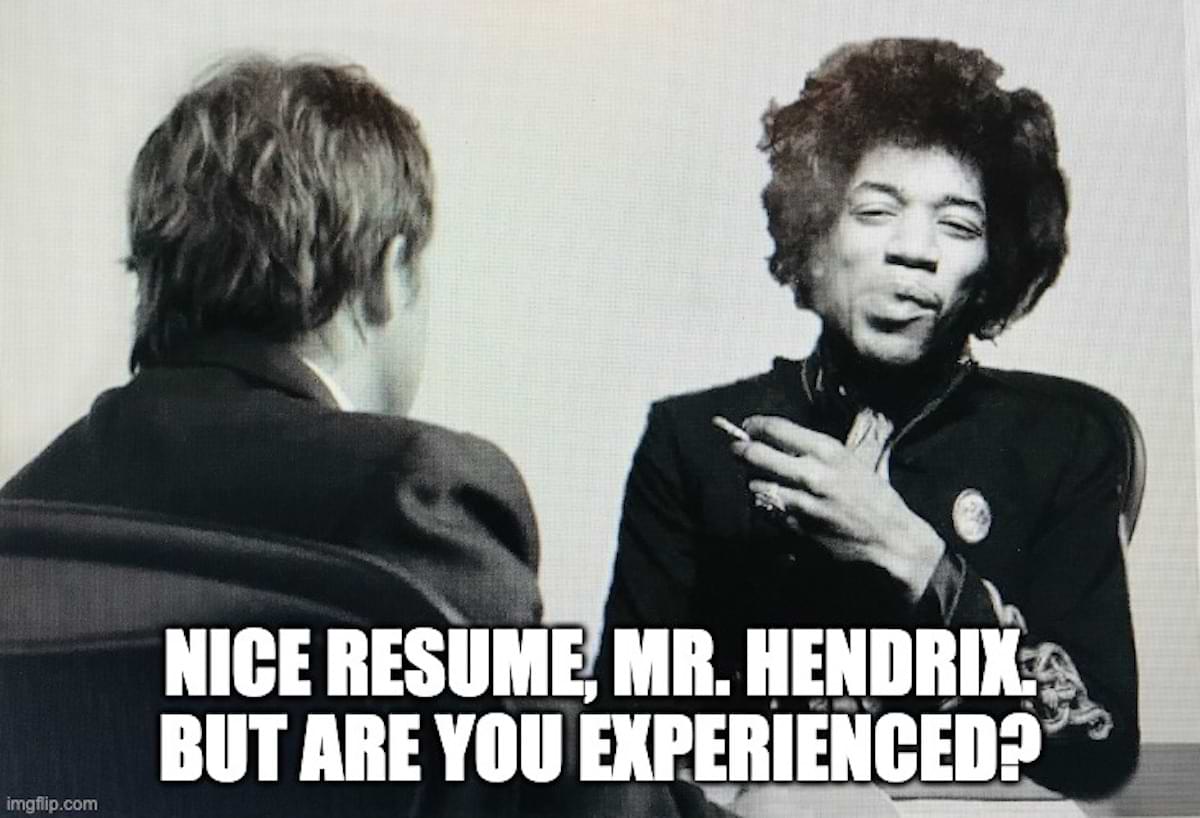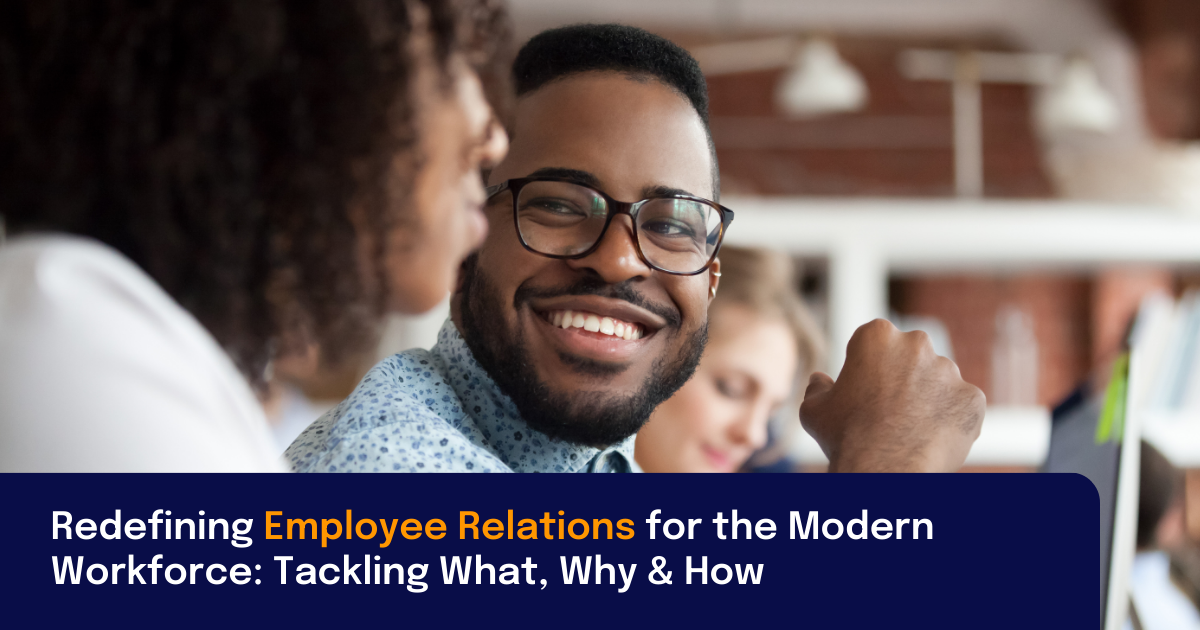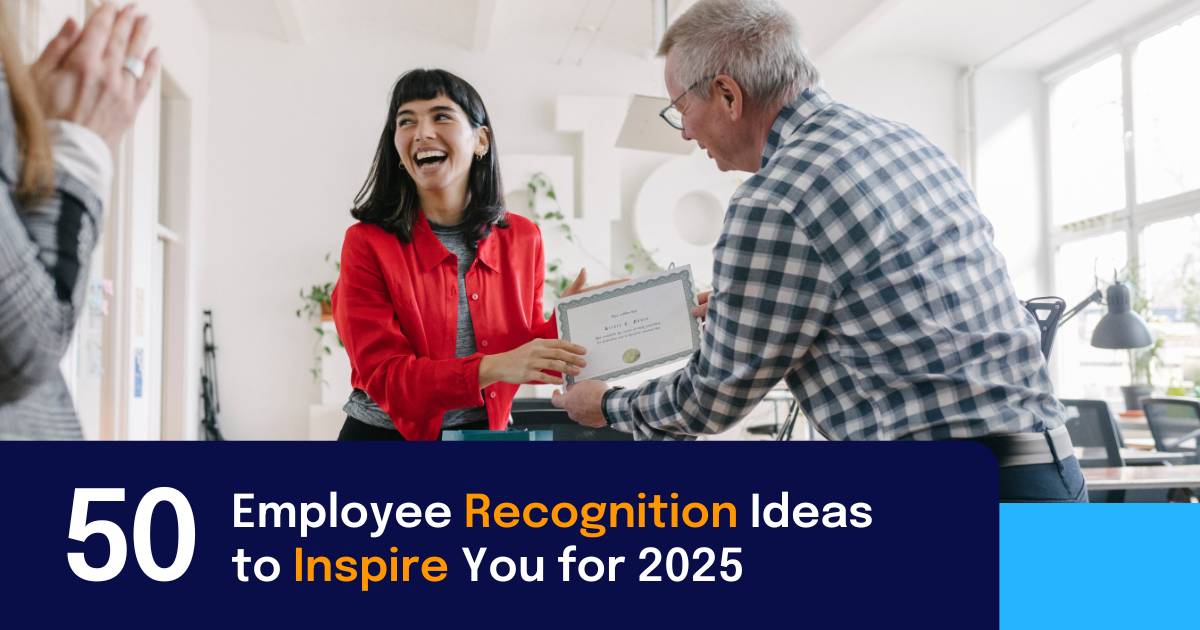A positive employee experience (or EX) is key to building greater levels of engagement, enthusiasm, involvement, and employer brand commitment within your organization. But EX isn’t about any one thing. Above all, it is a culmination of the countless work-related experiences people have while making their particular employee journey.
So, what exactly is the Employee Experience?
Day-to-day experiences in the employee journey are never exactly the same—unless you’re be Bill Murray in Groundhog Day. In fact, the employee experience is in constant flux, and therefore in need of constant care and attention.

One day, you might define EX by the traffic-jammed commute you couldn’t avoid; or maybe it’s the cosy cubicle where you sit once you finally arrive. It could be the way a supervisor reacted to your request to work from home. Or maybe it’s the mentor who took you under their wing. It could even have something to do with the printer that’s always jammed, or your company’s BYOD policy (or lack of one). Or perhaps it’s your outdated intranet—the one that’s still trying to make the best of SharePoint.
You can probably characterize the employee experience in as many ways as your organization’s number of employees. But it essentially comes down to three core elements:
- An overall set of employee perceptions across time and touch points.
- A collection of environmental factors: cultural, physical, and technological.
- A broadening of traditional HR functions that recognize the correlation between employee engagement and a positive customer experience.
By focusing on these three areas, organizations can take significant steps toward actively designing and shaping compelling experiences for their employees throughout their time with your organization.
1. An Overall Set of Employee Perceptions
Globoforce Workhuman Research Institute and IBM Smarter Workforce Institute define EX as “a set of perceptions that employees have about their experiences at work in response to their interactions with the organization.” This element of the employee experience should be easy to understand, because we’ve all seen it in our working lives.
What‘s certain is that the employee experience, however you personally define it, impacts how you think about your work. EX is therefore a matter of crucial importance, both for your personal and professional wellbeing and the wellbeing of your organization.
A positive employee experience gets you out of bed on a rainy Tuesday morning. A negative one might make you consider calling in sick—or start looking for another job.
Likewise, a consistently affirmative employee experience means that your company is likely to be getting the best, most engaged and productive you that you have to offer.
Measuring employee engagement isn’t the same as improving it.
Industry leaders have long been preoccupied with the concept of employee engagement. It drives an entire industry of study and analysis. And it has a massive influence on the way companies think about their employees.
Yet, according to a 2019 Gallup poll, US employee engagement is only 35%. And that’s a record high! It seems safe to conclude that measuring employee engagement isn’t the same as improving it.
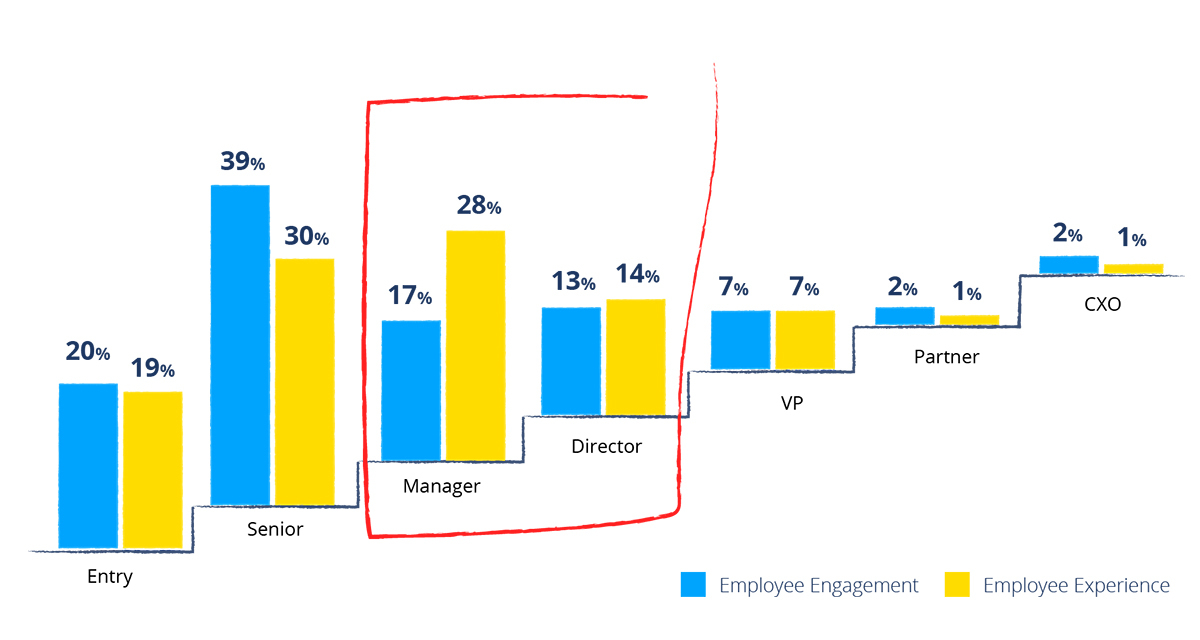
Although employee experience and employee engagement are inextricably linked, it is now abundantly clear that companies focused on engagement alone haven’t been doing enough to understand the factors motivating it, employee experience chief among them.
Building an engaged and empowered workforce means taking an intentional approach to how your organization designs its employee experience.
Successful EX design focuses on HR products and services that strengthen the emotional connections people have to their work. And it works across departments, strongly dependent upon an effective internal communication strategy to broadcast and collect feedback to and from employees.
While often, such designs are co-created so as to produce mutually desired results across multiple touch points, “there’s no magic formula” according to Sir Richard Branson, the renowned entrepreneur who has advised: “The key is just to treat your staff how you want to be treated.” Think of it as the Golden Rule for creating an exceptional employee experience.
2. A Collection of Environmental Factors: Cultural, Technological, and Physical
Jacob Morgan, author of The Employee Experience Advantage, writes that “as we shift to the future of work, where organizations are focusing on the reasons why employees want to work versus need to work, it is important to understand employee experience.”
Morgan has concluded that every employee experience, no matter the size or scope of an organization, is influenced by three basic environmental factors: cultural, technological, and physical. “All three of these aspects,” he says, “should be focused on creating an environment where people want to show up!”
a) Cultural
The way an employee “feels” at work in relation to what’s expected of him or her on a daily basis can define workplace culture. It’s the aura given off by a company’s structure, hierarchy, and leadership. And it takes into consideration traditional work factors like compensation and benefits.
For years, culture supposedly depended on the transactional nature of work. The belief was that if an employee showed up and did a satisfactory job, they would in return be happy to receive a living wage and two weeks of paid vacation.
Needless to say, this one-dimensional, old-fashioned approach is no longer valid as employee values have shifted. In other words, gone are the days of focusing solely on such outdated notions of workplace culture.
Or, in the words of EX pioneer Mark Levy:
b) Technological
The technological environment is all about the tools an employee needs to do his or her job. If you’re working in a traditional clerical or administrative position, this means desktop computers, software, mobile devices, headsets—even paper and pens.
Today, advancements in digital technology have greatly changed the ways that people work. And as technology continues to advance exponentially (think about Artificial Intelligence, autonomous cars, or IBM’s Watson), it will continue to influence work in profound ways.
Consider, for instance, that while more than 43% of American employees did remote work in 2016, that figure rose to 59% in 2020 as a result of the coronavirus crisis. Luckily, this new reality was made possible by relatively recent advances in mobile technology.
But no matter the setting, employees expect their organizations to provide them with best tools available for doing their jobs. That includes finding new and better ways to facilitate communication, collect and share feedback, and—perhaps most importantly—make data actionable.
c) Physical
The physical environment is everything you can see, hear, smell, touch, or taste: your desk and chair; the dusty fern dying in the corner; the art on the walls; the communal tables and the lunches you eat from them; and the noise from the street outside your window.
These factors, including temperature, air quality, and office lighting, all affect employee focus. And therefore, they directly influence the wellbeing, performance, and productivity of your people.
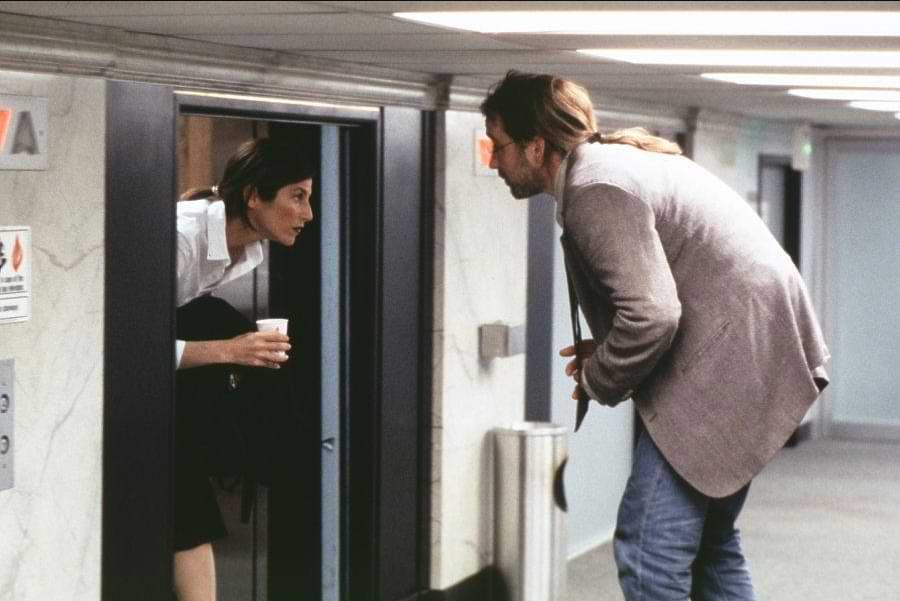
Workers satisfied with their physical surroundings are simply more likely to do better work. The physical environment is thus of crucial importance. This is especially true for desk-bound employees who spend long hours inside their organizations.
Those in charge of designing physical spaces need to make certain that they offer a motivational ambiance that promotes creativity and productivity.
Don’t forget about your remote workers!
Of course, when considering the importance of physical space, remote workforces can’t be forgotten. The pandemic of 2020 accelerated the shift to remote work, and the change is here to stay. According to a 2020 Gartner study, 74% of CFOs intend to permanently shift some employees to remote work.
This new reality of remote work has forced companies to ask questions they’ve never before faced.
Companies could focus on employee well-being from afar, offering perks that would help workers thrive at home. Do those in hot climates have access to air-conditioning? Does everyone have the equipment they need? How can companies support an employee’s mental health now that most interactions are mediated through a screen? Would some employees prefer co-working hubs—a lighter version of the traditional office? And perhaps companies will finally consider, do parents have adequate child care?”
Jessica Powell, The New York Times, Sept. 25, 2020
As more organizations adopt remote work, there is a clear challenge. It’s evident that remote workers are just as productive—if not more so—than their office-bound counterparts. But they experience different obstacles when it comes to maintaining engagement.
Meeting these challenges means utilizing mobile solutions that facilitate communication, transparency, and inclusiveness. (Think chat, video conferencing, virtual networking platforms, and sharable meeting agendas and to-do lists, for instance.)
Efforts that foster remote engagement through technology will allow employees to feel comfortable with their virtual surroundings. And it will encourage a culture of inclusiveness that makes information and discussions open to everyone, no matter their location.
3. A Broadening of Traditional HR Functions
My philosophy has always been, if you can put staff first, your customers second, and shareholders third, effectively, in the end, the shareholders do well, the customers do better, and your staff remains happy.”
Sir Richard Branson
It has long been understood that creating a positive customer experience (or CX) is pivotal to the success of a business. As a result, marketing teams have become more and more adept at creating compelling customer experiences.
But there is a counterintuitive concept behind this line of thinking: successful customer experiences depend upon putting your employees first, not your customers.
Employees are on the front lines of brand representation, and organizations are finally realizing that their workforces require the same focused attention once aimed solely at developing customer relations.
It’s something of a cliché that corporate leaders refer to their employees as being their most valuable asset; but despite the rhetoric, many continue to focus on approaches that send the opposite message to employees. The customer, it seems, is not always right, and businesses that act on this realization by actively putting their employees’ concerns first, consistently see that it ultimately leads to better customer service.
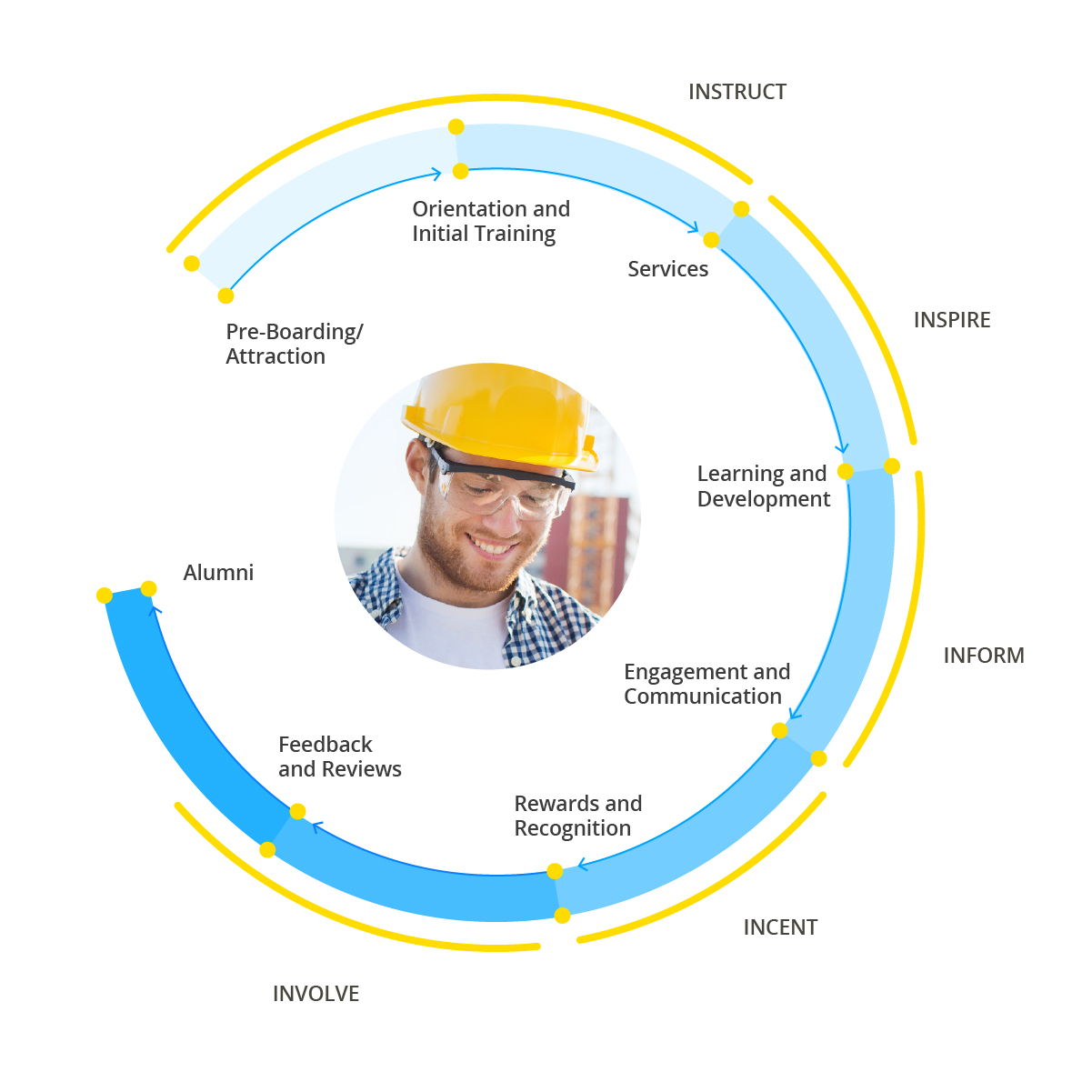
Such attempts often begin by identifying a company’s customer experience methods that also have HR applications. Efforts might start with a needs-based segmentation strategy, wherein a company will organize their workforce based on certain professional traits of their personnel rather than broader distinctions like title, department, or location.
Another CX application is the journey map, which looks at various stages of the employee life cycle from the employee’s point of view so as to identify areas in need of attention, improvement, and reward.
Higher employee engagement equals positive customer ratings.
Adobe is one company at the forefront of this type of employee-first strategizing. In 2016, they created a Customer and Employee Experience department. The press release announcing this move is an excellent summary of the ideas that prompted it:
Researchers such as Gallup have proven the correlation between higher employee engagement and positive customer ratings. Realizing this critical connection, we at Adobe have combined two previously disconnected parts of the company into one new entity.
Our new Customer and Employee Experience organization combines our customer experience organization—the people who are on the front lines of helping our customers utilize our products—with our human resources and facilities organization, the team that was focused on our people and their workplace environment.
We believe we’re one of the first companies, at least in the technology industry, to combine these functions. The unified focus of this organization is the people that are essential to our business, our customers and employees, and the understanding that people want the same fundamental things:
- Be treated with respect for their needs and their time
- Find the information they need quickly
- Feel invested in a long-term relationship, whether it’s with the employer or the brand
Taking this kind of active HR management approach to employee experience design—one that reaches across hierarchies and departments—is an effective means for bringing a company’s brand to life.
An ideally designed EX will mirror a company’s unique brand attributes. If qualities like technological prowess and ease of communication are what distinguish a brand, for instance, then the employee experience should also exemplify those characteristics. If a company wants its brand to be known for efficiency and speed, then every employee touch point should aim to be efficient and fast.
Employee Experience: The Future of Work
As work radically evolves in the 21st century, with software set to disrupt most traditional industries in the next five to ten years, it’s becoming more and more obvious that try as companies might to create engagement with their employees, it is the employees who decide whether or not to engage with their work.
Above all is the logical conclusion that successful customer experiences begin and end with your people is of critical importance to industries across the board.
Whether it’s the flight attendant responsible for the care and comfort of John Q. Public in seat 23D, or a vast team in charge of managing the experience of thousands of consumers—like that same airline’s marketing and customer relations professionals—employees with established emotional connections to their companies will be far more likely to inspire positive customer experiences.
In conclusion, a well-considered and wisely implemented strategy in regard to EX—one that takes into consideration employee perceptions, environmental factors in the workplace, and a consumer-style approach to HR—is certain to lead to greater levels of employee engagement, enthusiasm, involvement, retention, and employer brand commitment.
You may now consider yourself experienced.
For more information on employee experience and its relationship to employee engagement, you might also want to read:
